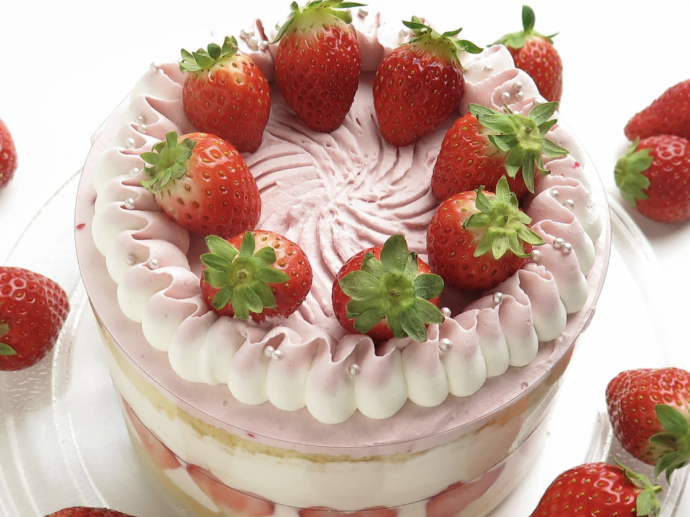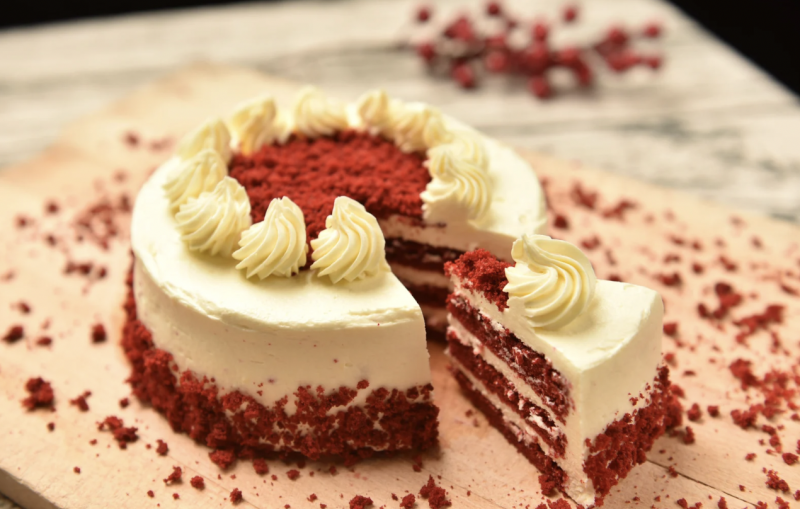8 Cake Baking Tips

It's true that baking is more scientific than cooking, but it doesn't have to be intimidating. There are both hard and soft rules to follow in the baker's kitchen that will take some of the guesswork and worry out of it. Experience will teach you what's what, where to experiment, and what to do when things go wrong. But if you want to be a better cake baker today (and who doesn't?), follow these baking tips for your next cake.

1. Use ingredients at room temperature
To get a more homogeneous batter (and to avoid mixing too much), start with room temperature ingredients. These include softened butter, eggs, and milk. To bring the eggs to room temperature quickly, place them (in their shells) in a bowl of lukewarm water before combining the remaining ingredients. To thaw milk or other liquids, you can microwave them for 15 to 30 seconds. The butter must be soft if the creaming method is to be used. It's best if you take your time, but a short frothing in the microwave is also sufficient (but don't melt it!).
2. Cream butter and sugar
If a recipe calls for it, don't skimp on creaming. This process should take 2 to 5 minutes to get the butter and sugar really creamy and light. When creaming, the sugar crystals literally cut into the butter and form little pockets of air that help make the cake light and airy. As the mixer beats, the air is forced into the mixture. Fluffy cakes start with fluffy butter/sugar! Note that the butter must be soft for this process to work! If it's too cold, the butter will just get lumpy in the mixer. If it's too soft, it won't whip properly. Soft butter should be able to hold a thumbprint without feeling greasy.
3. Properly measuring the flour
The most accurate way to measure is by weighing, especially with flour. Too much flour can result in dense, dry cake layers. If you want to bake dry cakes, you should weigh the flour. Alternatively, you can use the spoon and sweep method (be sure to loosen and aerate the flour first!), where you spoon the loosened flour into the measuring cup (instead of dipping the cup into the flour container) and then weigh it with a knife. If you dip the cup into the flour container, the flour will likely be compacted. Imagine a recipe calls for 3 cups of flour, and you overfilled each cup, then that could result in an extra ¾ cup of flour in your recipe!
4. Use the right type of flour
Different types of flour have different protein content. Choose the correct type(s) of flour listed in the recipe to ensure the cake has the right texture and crumb. Cake layers getting too tough? Replace some of the all-purpose flour with cake flour!
5. Don't over mix
Tough or dense cakes may be due to over-mixing the batter (especially after adding flour/gluten). To avoid over-mixing, start with room-warm ingredients (see above). Alternating the addition of flour and milk will help the dough better absorb the dry and liquid ingredients. Stir the cake batter on medium for no more than 30 seconds after the last of the flour has been incorporated. To be sure, fold in the batter with a large rubber spatula.
6. Don't skimp on real vanilla
To get the best flavor, use the best ingredients you have available. If you're making butter cake or yellow cake, opt for real vanilla. The flavors can't hide behind strong ingredients like chocolate or banana in these recipes, so make sure the star of the show really shines! If you can't use vanilla beans or paste, pure vanilla extract will also do.
7. Baking soda and baking powder are not interchangeable
So don't treat them as the same. Both are chemical baking agents, but baking soda needs something acidic to react with. Use baking soda in recipes with buttermilk, lemon juice, natural cocoa powder, or when called for directly in a recipe.
8. Calibrate your oven (or use an oven thermometer)
Since not all ovens are the same (see above), it's helpful to know what temperature your oven actually bakes at, not just how you set it. An inexpensive oven thermometer from the supermarket is very helpful in knowing if your oven is baking too hot or too cold. Adjust the temperature accordingly. Make sure the oven is properly preheated before baking.

love the suggestions for all the cake hacks.